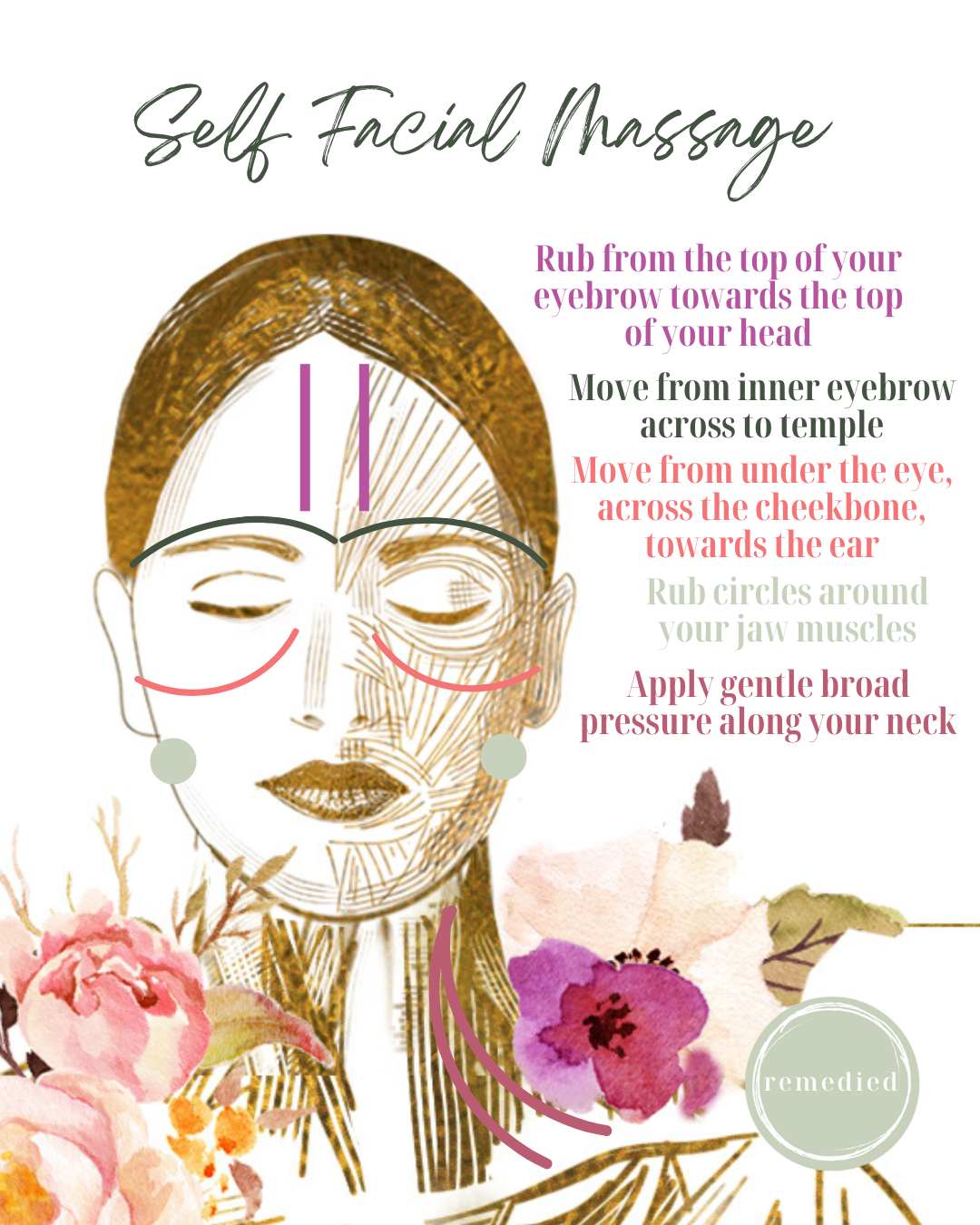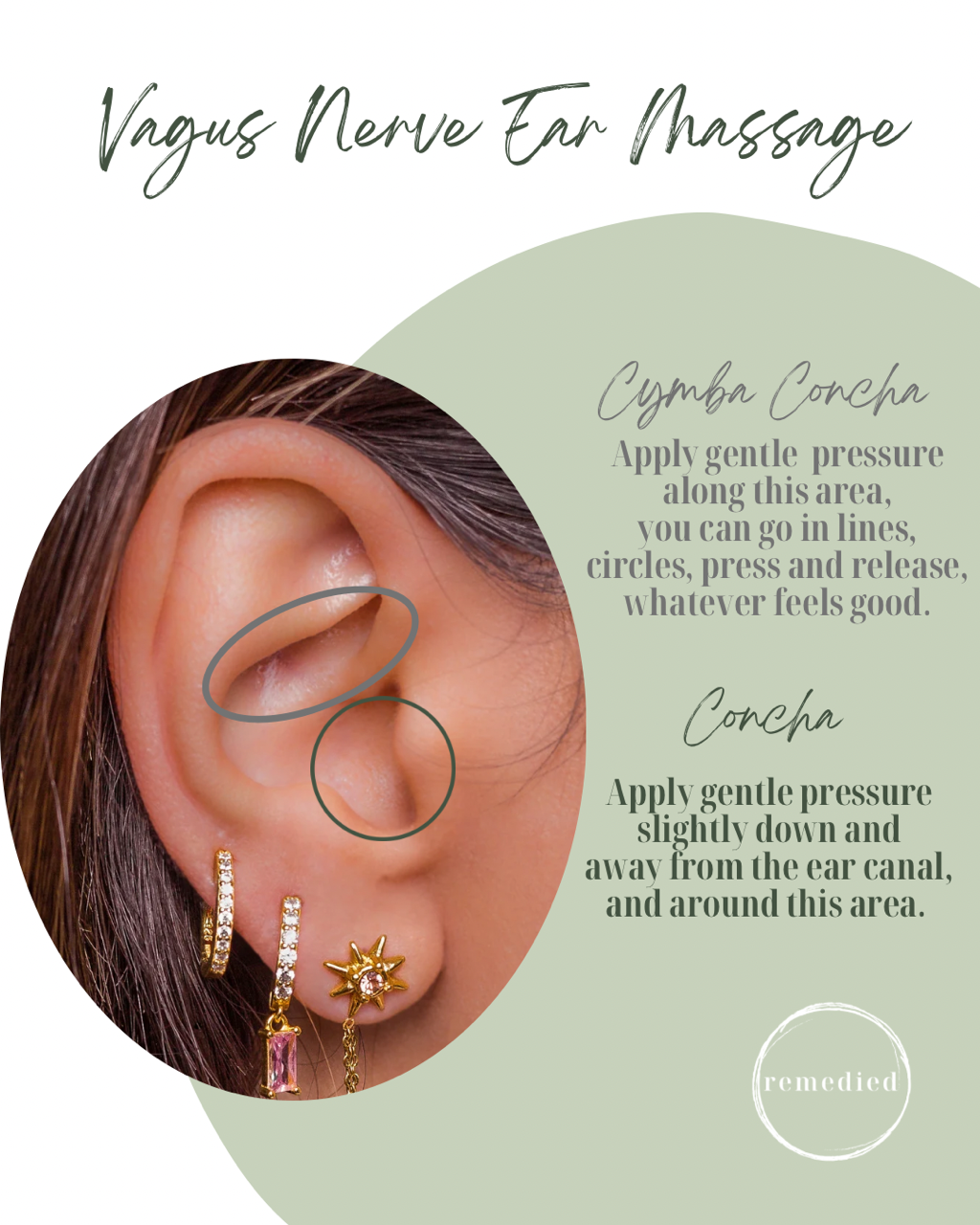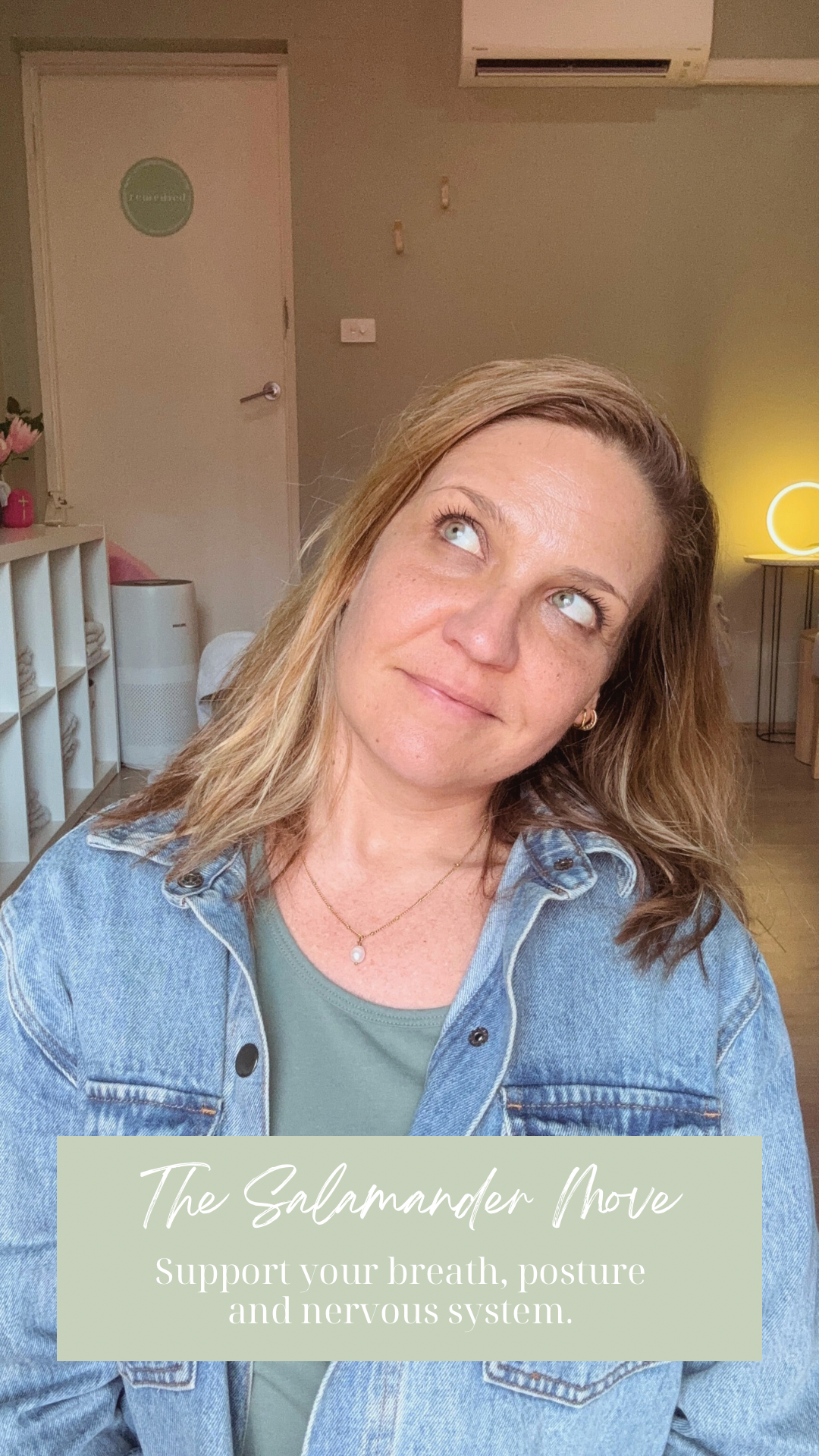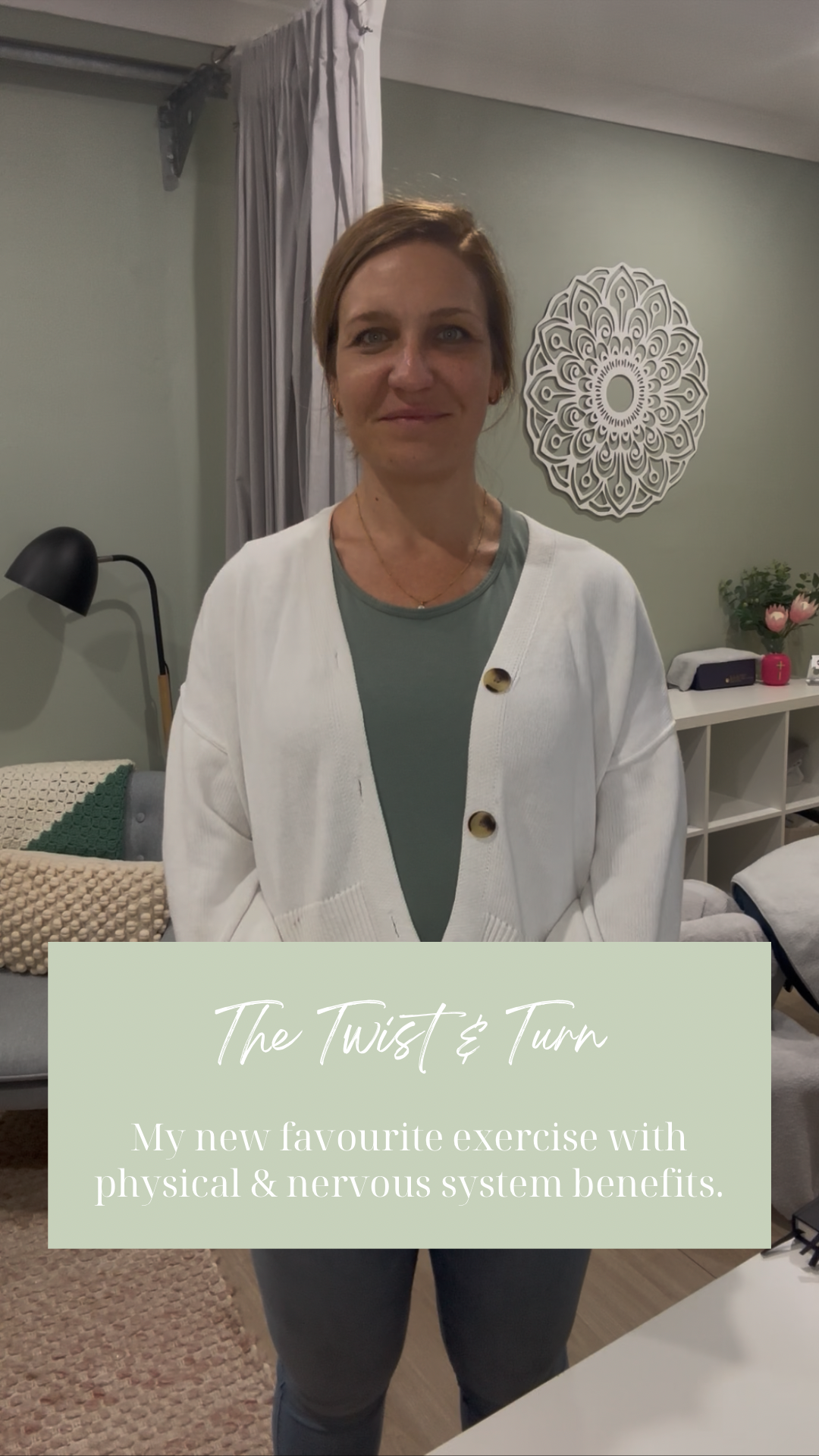Pause & Renew Practice Guide
Thank you so much for joining me at the workshop, I hope you found it helpful and encouraging.
Below are the practices we explored and some instructions for you to refer to whenever you need.
If you have any questions at any time, please feel free to send me an email or sms!
Practice; Contact Points
Helpful for: Anytime you want to drop back into your body and the present moment.
Make yourself comfortable, seated or lying down. Take a breath and soften your gaze or close your eyes. Draw your attention to your feet, notice where they make contact with the floor. Notice where the pressure is, and where it isn’t; any differences between the left and right, or any temperature noticed. If your mind wanders, allow it to and gently guide it back to your feet.
Noticing now your legs and where they make contact with the chair. Notice areas of pressure or no pressure, any differences between the left and right. Notice any textures of the chair or your clothing on your legs, any sensations you are aware of. If your mind wanders, allow it to then gently guide it back to the back of your legs.
Now, bringing your attention to the base of your pelvis or your sit bones on the chair. Notice the support you feel from the chair underneath you. Be aware of any areas of pressure or lack of pressure, a difference between the left and right side, or temperature. If your mind wanders, allow it to then gently guide it back to your sit bones connecting with the chair.
Moving to your spine, notice your back pressing against the chair. Notice if your spine is straight or rolled forward, the pressure you can feel as you push your back into the chair, recognising that the chair is supporting you. Notice areas of pressure or lack of pressure, any difference left to right, any temperatures or other sensations you are aware of. Again, if your mind wanders, gently allow it then guide it back to your spine.
Noticing now your hands where they rest, whether on your lap or touching each other. Notice the textures on your hand, any warmth or coolness, skin touching or pressure on your legs. Taking in these sensations with curious awareness.
Now notice what happens to your nervous system as you keep your awareness on one point. From these points, notice which feels easiest or most pleasant to focus on and rest your awareness there, as an anchor point. When thoughts come up, let them, notice and let them go. As sensations in the body arise, notice them with curiosity and then being your focus to your anchor point. If you notice any areas of tension or resistance in the body, try to see if you can soften those for a moment then return to your anchor contact point. Soften your brow, relax your eyes, loosen your jaw, let your shoulders fall away from your ears a bit, then come back to your anchor contact point, and stay there in your grounded connection as long as you’d like before returning to your day.
Practice: Body Scan
Helpful for; reconnecting with your body, rebuilding communication with your body. The Body Awareness Inventory may help you identify and express various sensations experienced in the body.
Making yourself comfortable, close your eyes, release your breath and soften your body. You’re about to do a scan of your body, just like you’re waving a metal detector wand everywhere, checking in with what the body may be telling you.
Bring your attention to your feet, notice how they feel and the sensations there.
Moving to your calves and shins, notice how they feel and the sensations there.
Moving your scanning attention slowly to your knees, thighs and hips, notice how they feel and the sensations there.
Slowly scanning to your stomach, your ribs, your chest, notice how they feel and the sensations there.
Moving your attention to your lower back, mid back and upper back, notice how they feel and the sensations there.
Now shifting your attention to your shoulders, your upper arms, and elbows, notice how they feel and the sensations there.
Moving to your forearms, wrists and hands, notice how they feel and the sensations there.
Slowly bringing your attention to your throat, your neck and the base of your head, notice how they feel and the sensations there.
Finally, drawing your attention to your forehead, brows, temples, eyes, cheeks, mouth and jaw, notice how they feel and the sensations there.
Reflect on what you noticed, consider anything your body may be telling you or need it may have, send your body warmth and gratitude, and meet that need as best you can.
Practice; 1:1 Breathing, moving to 1:2
Helpful for; Anchoring into your body and present moment; proactive nervous system support
Make yourself comfortable, seated or lying down. Alternatively this can be done anywhere.
Start noticing your breath, not to control it, but just to allow it to be as it is. We are not trying to control the breath here, we want to breathe naturally, allow air to flow into our stomach. Forcing breath can create tension in the neck, stimulating the nervous system rather than calming it. Slowly watching your breath move, start counting each inhale and exhale, noticing if the lengths match, or if one is different to the other. As you breathe and count, see if you can extend whichever breath is shorter by one count to bring them closer to matching. If that is comfortable and there is still a gap, continue slowly increasing the shorter breath by one count until both breaths are the same count. If it is uncomfortable, step your breathing back to whatever was comfortable. Stay here breathing with matching counts in and out (1:1) for a while.
If this is comfortable and you would like to extend to 1:2 breathing, slowly increase your exhale by 1 count, ensuring to stay with easy breathing, not forced or uncomfortable. If it becomes uncomfortable at any point, shift back to the count that was comfortable. Continue slowly extending the exhale by one count until you reach a count that is double your comfortable inhale (i.e., 4 in, 8 out), then continue this for a while, following your breath in and out.
Practice: Shaking, washing machine and belly breath
Helpful for; discharging energy when you are in a stressed state (fight or flight)
Standing up, start by shaking your wrists, gradually increasing the pace and continuing into the elbows. Raise your arms while shaking and increase the speed to match the energy in your body, with the goal of raising your heart rate and expelling this energy. You can continue into your legs with kicking movements or shaking out the legs.
When you feel you have discharged this energy sufficiently, move to keeping your hips and legs still, and moving your upper body rotating from left to right and back again, allowing your arms to swing out and around with you.
Continue this washing machine movement until you feel all energy is dispelled, then move to standing still with your hand resting on your belly. Slowly focus on your breathing, gently in and out, allowing your belly to move out into your hand with every inhale, and coming back with every exhale. Continue until you feel centred and calmed again.
Practice: Body posture and gentle movement
Helpful for; restoring energy when you are in a shutdown state (freeze)
Gently move from lying down to sitting with an upright spine, or sitting to standing with an upright spine and feet anchored strongly into the ground, to use posture to bring energy back into the body.
Help redirect blood flow to your limbs by practising controlled articulated rotations - basically, working methodically through each joint, rotating, flexing and extending to the end of your range comfortably (we do not want to force a bigger range or create pain here). Rotate your ankles one at a time; bend your knees and straighten your legs; bend towards the floor with your arms, stand and lean back looking at the ceiling or sky; rotating your hips from side to side; rotate your wrists one way then the other; bend your elbows and straighten your arms; raise your arms to the sky, then release them behind you as far as they go comfortably; nod your head forward, slowly lean it backwards; turning to the right and then the left; tilting your ear to your shoulder, then the same with the other side. Shrug your shoulders, wriggle your body, then move on.
Practice: RAIN - Recognise, Allow, Identify, Nurture
Helpful for; reflecting on a stressful event to build long term changes
Start this practice by identifying an experience that caused some stress but was not distressing, something with a level of stress energy you know you have capacity to handle today.
Recognise the feelings that arise as you think of this situation, starting with your throat, chest and belly. If emotions arise, name them and allow them, like you’re watching a movie in your mind. Recognise any physical sensations that arise - anything you hear, see, smell, feel or taste.
Allow these sensations to be just as they are, accepting them as an acknowledgement of reality rather than pushing them away or creating a story from them.
Investigate where these sensations are strongest in your body; what is happening there? There may be words, stories, feelings. What is it that you are believing? That you’re going to fail? That you’re not good enough? Whatever the story or belief is, patiently wait for the sensitive part of you to answer.
Nurture by tuning into that sensitive part of yourself, ask, how would you like me to be with you right now? What is it that you need most right now? It might be kindness, care, compassion or safety. Can you give that most vulnerable place inside you what it asked for from the most caring part of yourself? You might send warmth to yourself from your hands, or use words like I’m listening, I’m right here with you. You can give yourself a hug hold, release a breath, or picture someone you value surrounding you with love and warmth. Sit in this space, attending and befriending your feelings; let warmth fill your whole being.
If you like you can consider - who would I be if I was no longer believing this limiting belief or story, and let that felt sense fill you. Resting there as long as you need until you settle.
Practice: Exteroception
Helpful for; any state, to reconnect with the present moment and build a sense of safety
Sitting comfortably in a chair or on the floor, take a moment to breathe and release the hold you have on your body.
Slowly turning your head to your right, notice what it is you see, as if you are seeing it for the first time. It may be helpful to name what you see, either aloud or in your head. When you reach the end of your range, turn your head slowly back to centre then onto the left, continuing to notice and name what you see, before returning to centre.
Now, repeat that exercise with your head turning to the right, noticing this time what you hear, both nearby and in the distance. Rotating to the right, then slowly back to middle then the left, and back to the middle again.
This can be done while you’re out walking if you like and is a great tool to remind your inner meerkat to look for cues of safety as well as danger.
Practice: Shaking, washing machine and belly breath
Helpful for; discharging energy when you are in a stressed state (fight or flight)
Practice: Myofascial release with fascia balls, self face massage & ear massage
Helpful for; daily body care, proactive nervous system support and disrupting stress cycles by changing the information going from the body to the brain.







